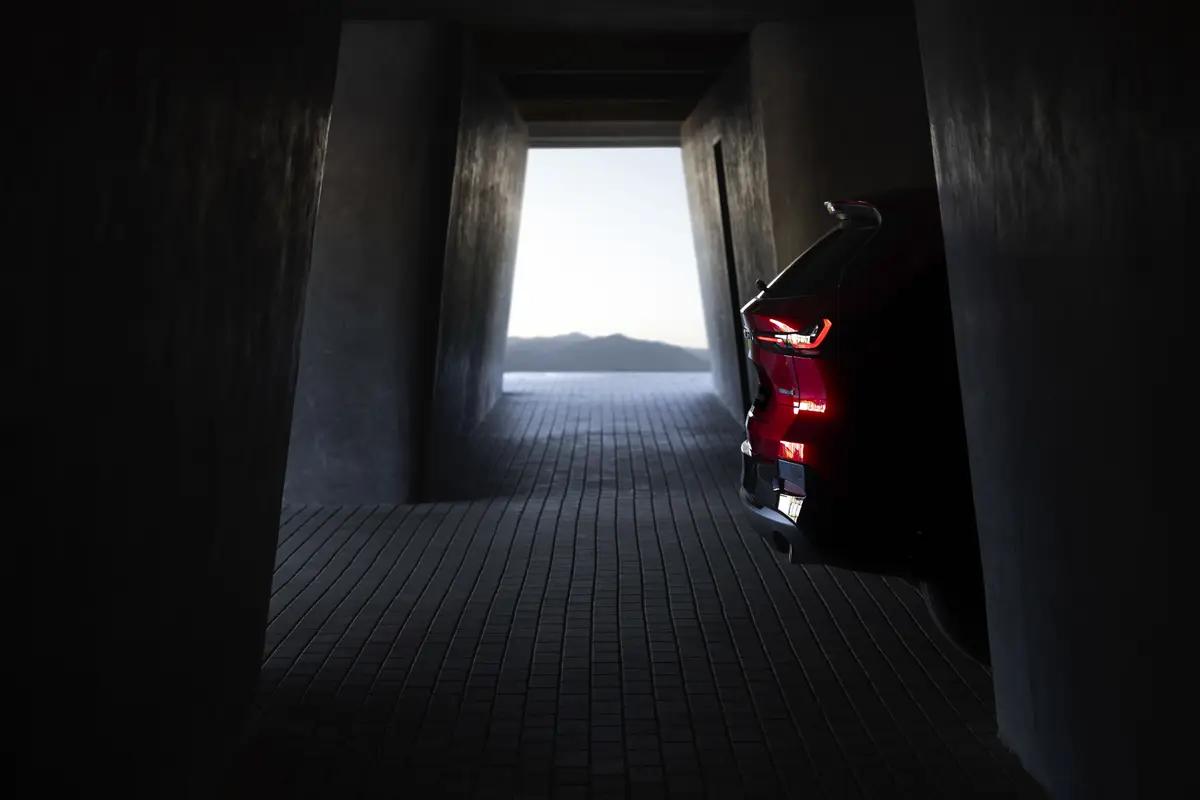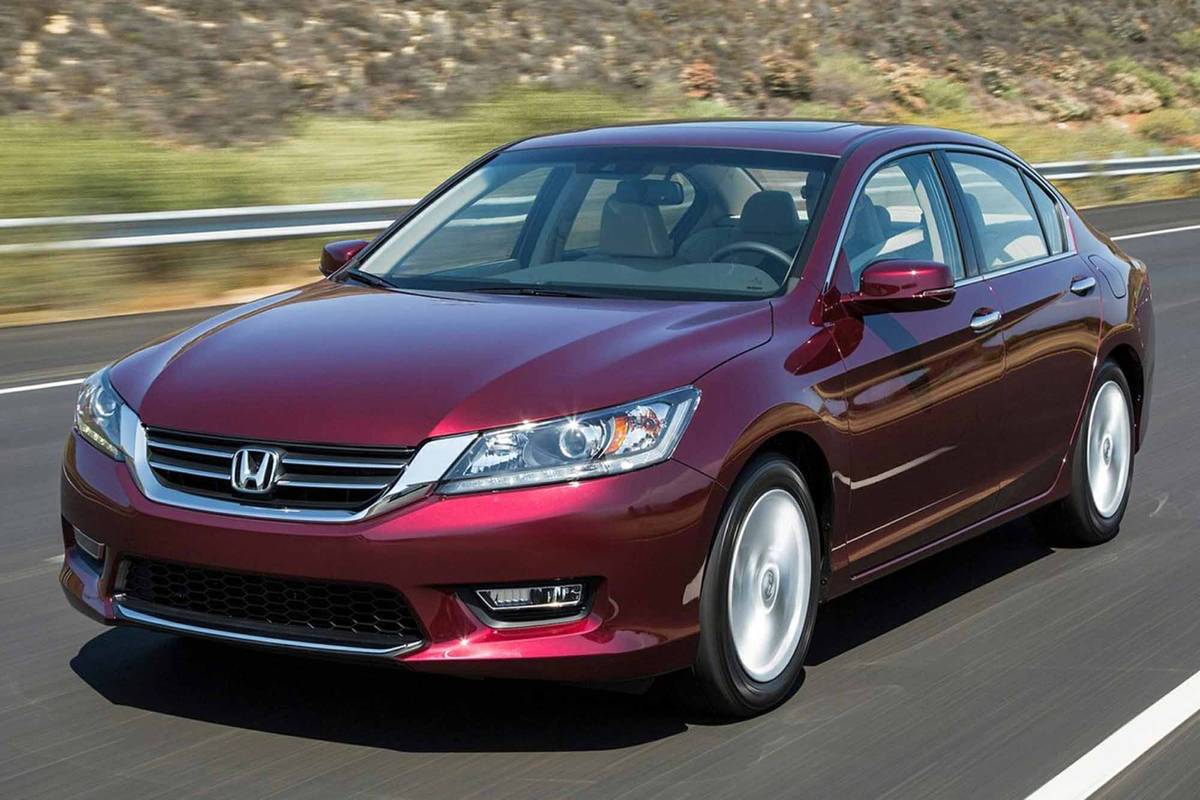IndyStar.com's view
The sport-utility field is shaping up as one of the most competitive arenas in the 1992 automotive market. Mitsubishi Motor Sales of America is putting in its bid with a completely redesigned 1992 Mitsubishi Montero.
The Montero, which is just appearing in Indianapolis dealerships, is being billed as the most advanced sport-utility vehicle ever introduced by the company.
The ’92 Montero offers a whole lot more than promotional hype, including engineering advances like Mitsubishi’s new Active Trac 4WD, Multi Mode anti-lock braking system, and an available pneumatic locking rear differential.
It used to be that sport-utility vehicles would provide four-wheel drive, high ground clearance, and a suspension that was as strong as a bridge and rode as stiffly.
No longer. Sport-utility vehicles account for approximately 6.5 percent of the entire automobile and light-truck market, and consumers want more than spartan motoring.
The Montero has been designed to achieve this goal via upscale interior appointments and optional features like leather interior and stereo sound systems. The object is to package people in the comfort and convenience found in better-class automobiles.
“It reminds me of a four-wheel-drive (Mitsubishi) Diamante,” said Dave Mason II, general manager of Dave Mason Mitsubishi. “It’s that much of a luxury-type vehicle.” The Diamante is Mitsubishi’s luxury-style passenger car.
A major difference between the Montero and a better-class automobile, or virtually any automobile for that matter, is that with the other vehicles you can’t take a hard right and go up the side of a mountain.
The Montero can do it, luxury trappings and all, thanks to its new Active Trac 4WD system that permits “on-the-fly” shifting from two-wheel drive to four-wheel drive.
This system is used by some other manufacturers, but with the Montero’s unit you can do it at speeds of up to 62 mph. That’s pretty fast for engaging the mechanism that drives the front wheels, and Mitsubishi says you can use the four-wheel-drive system at all times and on any surface.
Activ Trac utilizes a center differential, a viscous coupling unit that allows for a certain degree of slip between front and rear drive systems, and an electronically controlled, synchronized freewheel front differential. When shifting from two-wheel to four-wheel drive, a synchronized clutch smoothly engages the front driving axle.
Power distribution between front and rear wheels is balanced by the center differential, and torque is split by the viscous coupling.
It’s a pretty slick system, and one which believers in the safety advantages of four-wheel drive say ought to be incorporated into more automobiles.
You don’t get all this for nothing, however. The additional four-wheel-drive mechanical componentry adds weight, and there is a slight fuel-consumption penalty over standard two-wheel drive.
The sport-utility vehicle is offered in four levels, the standard Montero, and the Montero RS, LS and SR models. As the models go upstream so does the standard equipment. For instance, the Multi-Mode anti-lock braking system is standard on the LS and optional on the SR.
As an exclusive system, it has the distinct feature of being able to function in either two-wheel- or four-wheel-drive modes while the center differential is either locked or unlocked. The anti-lock braking system is computer programmed, with a microprocessor identifying different driving modes.
Mitsubishi’s buyer demographics reveal a quite broad age group. It ranges from 25 to 54 years old. There is a strong orientation toward male owners.
Mason, however, says he is finding a different buyer category.
“I’m finding a strong interest by women drivers,” he said. “They tend to think of it as a pretty neat station wagon.
“And something that sort of surprised me is the suburbanites who live outside Indianapolis are buying them, more so than the people who live in the city.”
The Montero spor t-utility vehicle is somewhat of a cross between a go-anywhere vehicle and a better-class station wagon. There is a wide array of convenience items like storage compartments, fold-down seats, detachable lighting facilities and underseat trays. In the LS and SR models, there is a suspension system on the driver’s seat for added comfort.
The size of the vehicle also is convenient. That is one of the prime reasons it is attractive to women.
The wheelbase is 107.3 inches. The overall length of the Montero and the Montero LS and RS is 185.2 inches, while the SR is slightly longer, 186.6 inches. All of these specifications fit a midsized automobile.
Completing the midsized package is the availability of a four-speed automatic transmission and a 151-horsepower, single-overhead-cam V- 6. The 3.0-liter V-6 is based on a design similar to the recently introduced Diamante V-6 engine.
Market-wise, Mitsbishi’s philosophy has been to offer something for virtually everyone interested in better-class vehicles.
The standard Montero has a base price of $17,929, but dealers say about 45 percent of production is scheduled for the top-of-the-line SR. The base on that is $22,429, while the cost of a loaded one can top $27,000.
The Montero is the only sport-utility vehicle offered by Mitsubishi, and the company does not consider it a core product. Rather, it is regarded as incremental sales, like the Mitsubishi 3000GT and the Diamante.
Latest news



